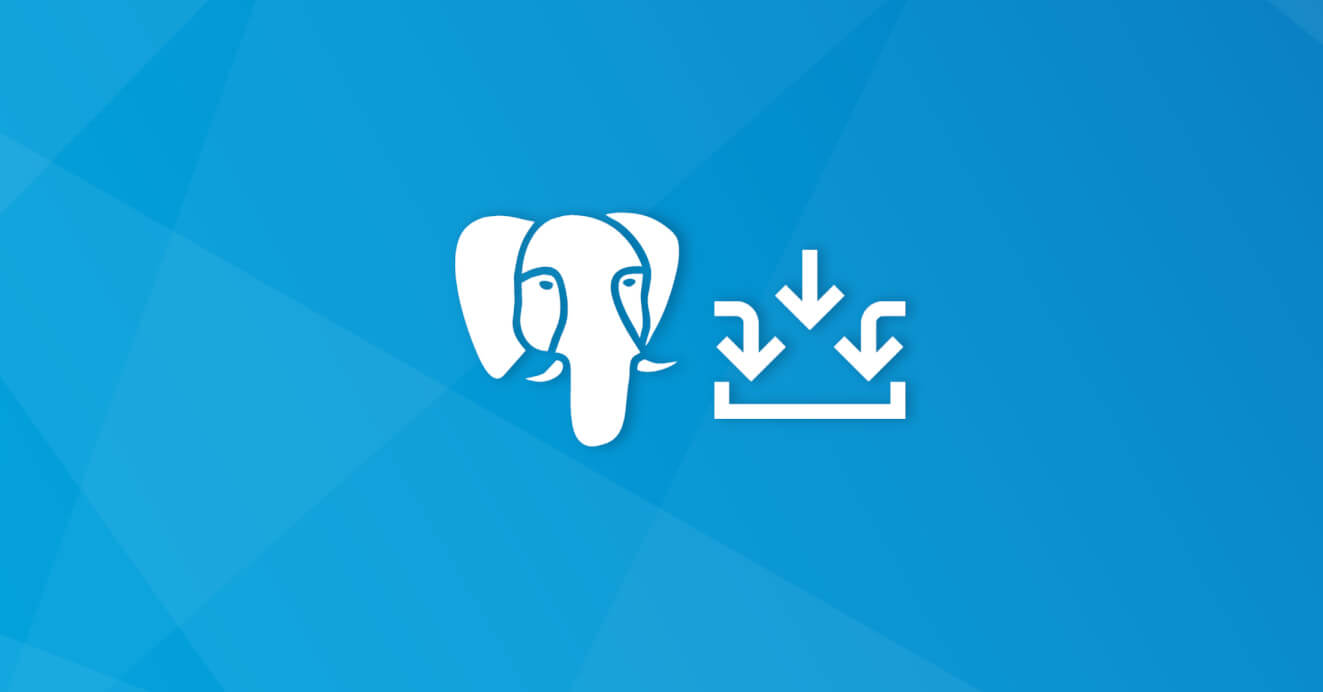Latest posts from Jonathan S. Katz
WITH Queries: Present & Future
WITH queries, aka common table expressions, aka CTEs, are a very powerful but often misused feature in PostgreSQL. The upcoming PostgreSQL 12 introduces the ability to inline WITH queries with can provide a huge performance optimization to how developers use CTEs.
13 min readScheduling Backups En Masse with the Postgres Operator
A solid disaster recovery plan for your PostgreSQL clusters combined with pgBackRest and the Crunchy PostgreSQL Operator will help you manage your backups across thousands of PostgreSQL instances with only a few commands.
5 min readGet Started Running PostgreSQL on Kubernetes
Learn how to run PostgreSQL natively on Kubernetes based platforms so you can manage your own database-as-a-service.
3 min readWon’t You Be My Neighbor? Quickly Finding Who is Nearby
Many location aware applications need to find things are people that are close to a specific location. The KNN-GiST functionality of PostgreSQL helps developers to create high performance queries to quickly find neighbors, with applications in mapping and proximity searches.
7 min readWhy Covering Indexes in Postgres Are Incredibly Helpful
Covering indexes in PostgreSQL are an incredibly helpful feature that can help improve the performance of your application when used correctly. This article demonstrates how an application that collects time-series and geospatial data is able to use covering indexes to boost performance.
11 min readUsing the CIS PostgreSQL Benchmark to Enhance Your Security
This CIS PostgreSQL Benchmark, co-authored by Crunchy Data and the Center for Internet Security, is a detailed guide with best practices and recommendations for securing your PostgreSQL clusters. This guide teaches you how to use the CIS PostgreSQL Benchmark to secure your database.
5 min readTroubleshooting PostgreSQL Streaming Replication Synchronization
A practical guide to detecting if your PostgreSQL replicas are out-of-sync and how to restore them efficiently without a base backup.
9 min readHow to Perform Failover with the PostgreSQL Kubernetes Operator
The Crunchy PostgreSQL for Kubernetes Operator makes it easy to maintain a high-availability database cluster by making failover from a primary to a replica database as simple as one command.
4 min readFast CSV and JSON Ingestion in PostgreSQL with COPY
COPY is also incredibly helpful for ingesting data such as JSON or CSV into a PostgreSQL table, especially if there is a lot of it. Learn how to use COPY to optimize your data loading performance in PostgreSQL.
7 min readDemystifying Schemas & search_path through Examples
This guide shows how to use PostgreSQL schemas with multiple users in your database. It also demonstrates the issues highlighted by CVE-2018-1058 and how to audit and protect your PostgreSQL databases.
16 min readRange Types & Recursion: How to Search Availability with PostgreSQL
PostgreSQL range types work very well in the presence of data. However, in the case of the absence of data, it may take a little extra work to get the desired results. We explore a simple scheduling application and see how PostgreSQL has the tools to efficiently search availability data.
12 min readA PostgreSQL Row Level Security Primer + Creating Large Policies
Row Level Security (RLS) allows an administrator to define if a user should be able to view or manipulate specific rows of data in a PostgreSQL table.
8 min readEasy PostgreSQL 10 and pgAdmin 4 Setup with Docker
Easy setup and installation for PostgreSQL 10 and pgAdmin 4 with Docker and open source containers packaged by Crunchy Data.
10 min read













